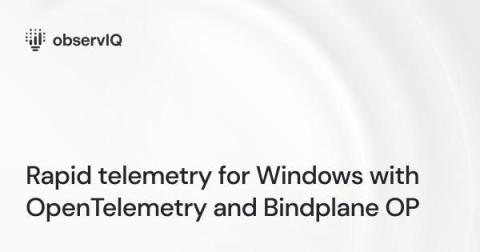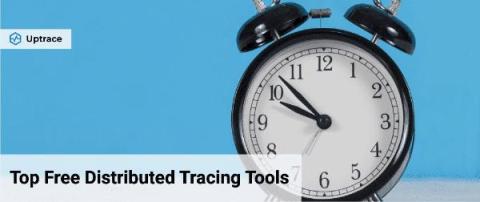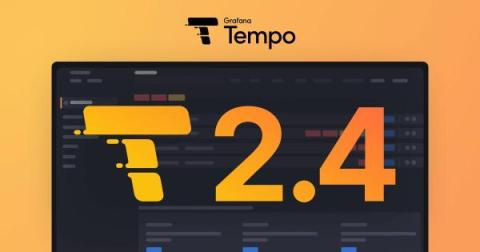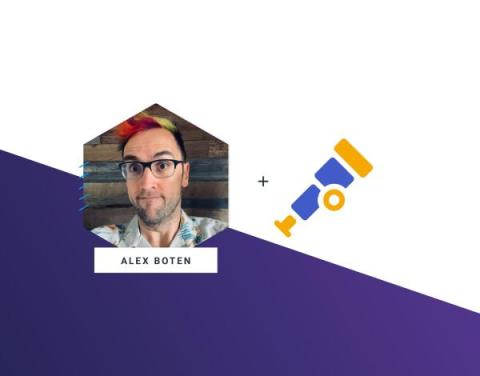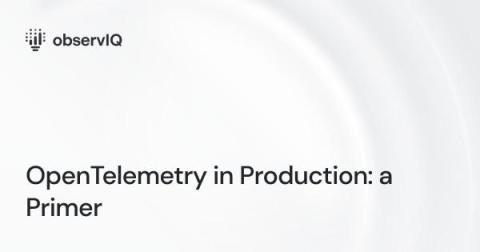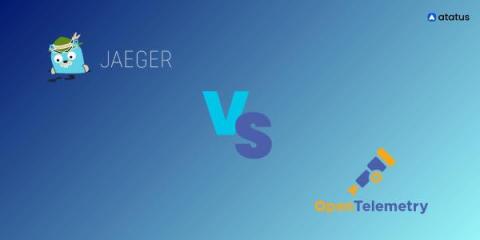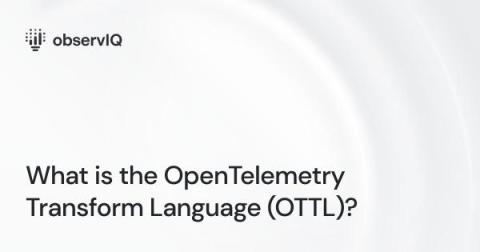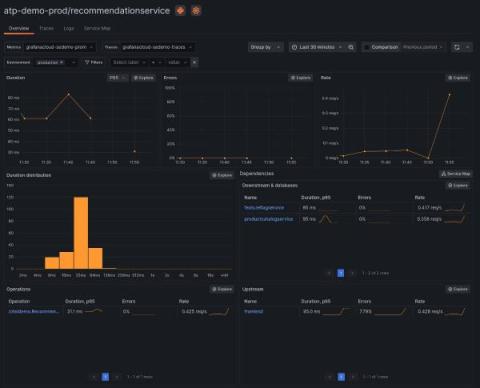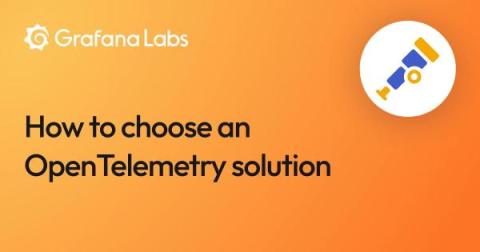Rapid telemetry for Windows with OpenTelemetry and BindPlane OP
At observIQ, we’ve seen continuous customer interest in scalable and performant observability solutions for Windows environments. As of 2023, Windows is estimated to be deployed to 75% of desktops worldwide. Unsurprisingly, we commonly speak to CTOs, DevOps, and IT managers responsible for managing fleets of thousands of Windows-based end-user and point-of-sale systems in the Financial, Healthcare, Insurance, and Education sectors.


